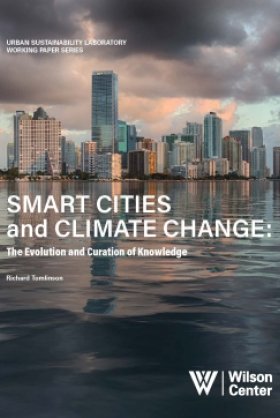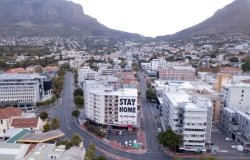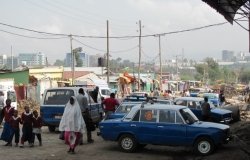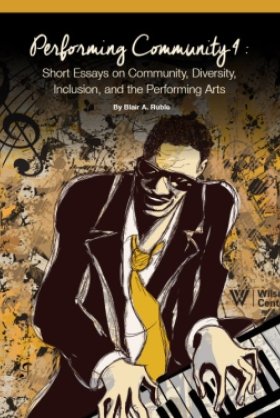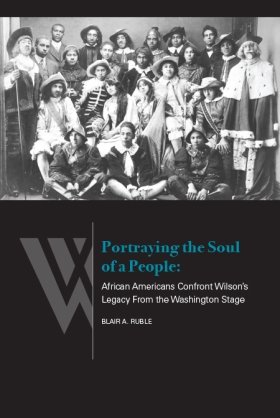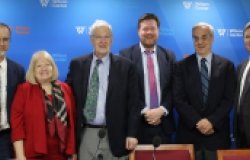Rush Hour: Three Commutes, Three Stories
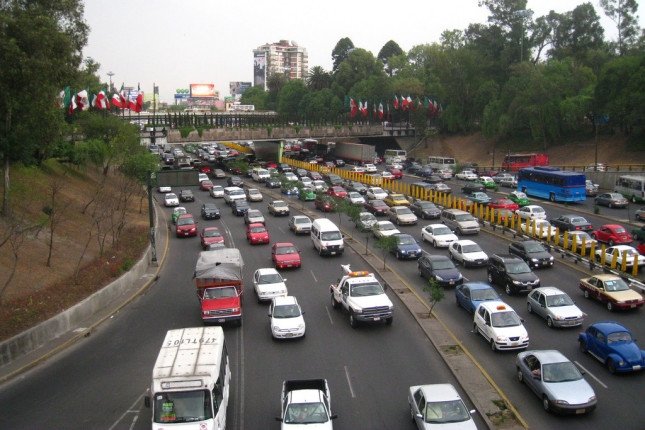
“The idea to make this film came from a very personal place,” said filmmaker Luciana Kaplan at a recent Wilson Center screening of her documentary Rush Hour, recalling how a woman who worked for her spent six hours a day on public transportation. “I have to make a film about this,” she said she told herself, “because this is a silent enemy that is attacking all of us in big cities.”
Rush Hour follows the daily work commute of people in three of the world’s most congested cities: Estela in Mexico City, Meltem in Istanbul, and Mike in Los Angeles. Each story offers a unique perspective on the problem—but all point to a similar solution: reducing economic inequality.
Commuting Is a Form of Violence
In some Mexico City neighborhoods, commuting on public transportation carries a particularly high degree of risk for women, who are vulnerable not only to robbery but also to sexual violence. “It’s a little bit like always having to go uphill,” said Kaplan of women like her subject, a single mother named Estela living on the outskirts of Mexico City. “They have very little support, so the issue of transportation ends up being one more act of violence.”
In Istanbul, Kaplan followed the daily commute of Meltem, a Turkish mother of two who worked in a clothing store on the other side of the Bosporus strait. Istanbul is both a cosmopolitan city and “a very traditional society, where a woman still finds it difficult to go out and work,” said Kaplan.
Mike, an engineer in Los Angeles, spends five or six hours a day in his car, significantly straining his personal life. “Going from A to B has become a monstrous task,” said Kaplan. “Above all, I think this has to do with a loss of happiness. The fact that you don’t really see your children, you don’t see your partner, you don’t see your family: It has severe connotations, and I think we don’t really realize it.”
Central Jobs, Peripheral Homes
During the 1960s, Mexico City “saw the start of a major expansion towards the periphery as a result of the proliferation of irregular settlements inhabited by poor migrants arriving in the city,” said Martha Schteingart, Professor-Researcher at El Colegio de Mexico in Mexico City. Today, a high percentage of poor families live in peripheral districts like Estela. But more than 70 percent of the jobs are concentrated in Mexico City proper, creating two opposing trends: a decentralization of residents and a strong concentration of jobs, thus lengthening commutes.
Why don’t victims of long commutes simply change jobs? Kaplan believes this is an unfair question. In the film, for example, Meltem says she would like to have a better job, but she simply does not have the time to look for one. In many cities, real estate in the central districts where employment is concentrated tends to be more expensive, while jobs in other areas usually offer lower salaries. Although their commutes were very different, all three subjects in the film lived in areas with more affordable housing but traveled long distances to better-paying jobs.
Changing a Savage System
Efforts to shorten long commutes should not rely solely on transportation policies, said Schteingart, but should also seek to address the unequal social structures that help create them.
“The minimum wage issue has become a problem because no one can afford to live in the communities where the jobs are, so they’re being forced further and further out,” said William Chernicoff, Senior Manager at the Toyota Mobility Foundation.
In addition, policy solutions designed to improve public transportation can sometimes have unforeseen consequences. Efforts to formalize transit systems in Central and South America, for example, have sometimes come at the expense of the informal systems that serve lower-income residents, said Chernicoff.
Rather than being merely a transportation issue, long commutes are a reflection of economic inequality. “It’s all based on a system that is very unfair, very savage,” said Kaplan. “How can we expect a person with no education, or who is a single mother, to receive the same opportunities? It is impossible to compete,” she said, adding that nothing would change without a substantial change in the economic system.
This post was based on the panel discussion at the Wilson Center and additional information from an interview with Luciana Kaplan following the event. Some statements have been translated from Spanish. The original article was posted on Wilson Center's New Security Beat at: https://www.newsecuritybeat.org/2018/08/rush-hour-commutes-stories/
Sources: UN News
Photo Credit: Mexico City traffic, April 2008, courtesy of Colin Knowles.
Related Programs

Urban Sustainability Laboratory
Since 1991, the Urban Sustainability Laboratory has advanced solutions to urban challenges—such as poverty, exclusion, insecurity, and environmental degradation—by promoting evidence-based research to support sustainable, equitable and peaceful cities. Read more

Environmental Change and Security Program
The Environmental Change and Security Program (ECSP) explores the connections between environmental change, health, and population dynamics and their links to conflict, human insecurity, and foreign policy. Read more
